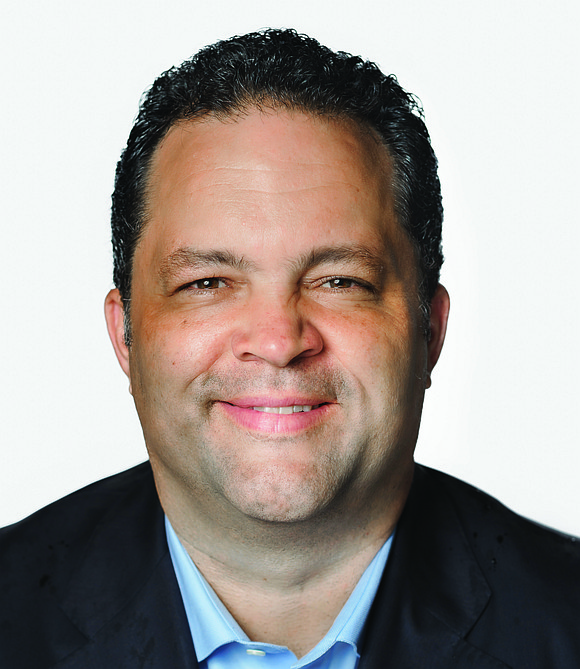Ready for our ‘Earth shot’, by Ben Jealous
1/5/2023, 6 p.m.
As we greet 2023, I’m feeling more than the typical seasonal optimism. America is primed once again for a historic achievement. Call it our “Earth shot.”
In the 1960s and early 1970s, the United States spent the current dollar equivalent of just under $300 billion on “landing a man on the moon and returning him safely to Earth,” as President Kennedy proposed in 1961.
Ever since, that combination of aspiration and expenditure has made us call any well-financed goal that seems improbable, if not impossible, a “moonshot.”
President Biden and Congress committed almost $700 billion in the next 10 years to reducing pollution, particularly in marginalized communities most likely to suffer, and to making the transportation and energy sectors cleaner to preserve the climate. We need to appreciate the investment to save our fragile planet made in the Infrastructure Investment and Jobs Act and the Inflation Reduction Act as our Earth shot.
This is a moment of unprecedented opportunity to combat the climate crisis, lessen the impact of environmental decay in communities that unfairly bear its brunt, and build a cleaner economy. We need to come together to seize it. It’s a moment long awaited by people of color in particular, who always have been strong voices for environmental protection and who have been the most demanding of political leaders on these issues at the ballot box.
What’s behind this optimistic outlook?
First, the landmark investment since 2021 moves us beyond the point of simply imagining what could be done to handing us the tools to build what it will take to avert climate catastrophe and environmental decay. It’s up to us now to take up those tools and get to work. We can accelerate the arrival of a green economy. We can rebuild our manufacturing sector, not just our roads and bridges. We can create good jobs for people who need them and have struggled to find them. And we can do it all at once. In fact, we must do it all at once.
Second, that historic investment comes at a particularly opportune moment for changing the course of our climate and environment. It’s a moment when innovation is matching our resolve to make change. From batteries to LED lights to energy production, we have better, cleaner options across the economy.
This intersection of investment and innovation means we can move past the old either-or thinking that has held us back for too long, the mistaken notion that the only way to have a flourishing economy is to force some people in some places to pay the cost of prosperity. The new reality of this time is that we can have thriving businesses and good jobs without sacrificing the planet. Getting to the moon led to everything from the silicon chip to more PhDs in science and engineering. Our Earth shot can have the same spillover effect.
While the federal government has set the stage for unprecedented progress, the work of implementation will play out in every state and community. There were no corporate lobbyists fighting to keep the Apollo rockets grounded, but we can expect fights everywhere to divert investment in a cleaner environment or to minimize its impact. We need to match those opponents in statehouses and city halls with our people power. Environmental, labor and civil rights advocates need to come together as all our interests align in this cause.
As we close out this holiday season, let’s give ourselves the gift of belief. Let’s believe that we can do this, we can save the planet. Let’s believe that we can figure out tough challenges that our inspiration has yet to crack. And let’s believe we can move beyond old, harmful patterns of division and discrimination to ensure everyone enjoys a livable planet.
Happy New Year.
The writer is incoming executive director of the Sierra Club, America’s largest and most influential grassroots environmental organization, and professor of practice at the University of Pennsylvania.







